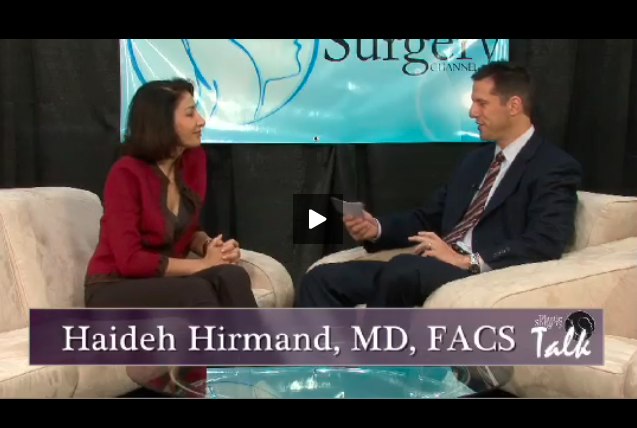
Look younger with just a quick in-office procedure? Sounds too good to be true, but plastic surgeons can add volume and create the youthful look patients desire using soft tissue fillers. The latest episode of Plastic Surgery Talk reveals how.
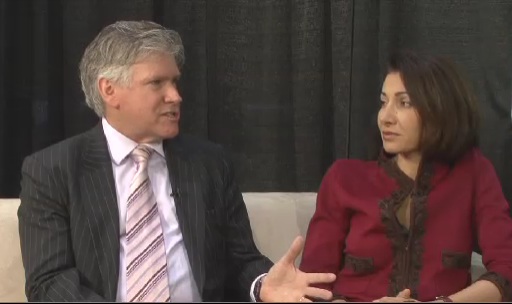
“Every patient comes with a different complaint,” says Dr. Haideh Hirmand, a plastic surgeon based in New York City, who frequently sees patients wanting to turn back the hands of time. The answer, in many cases, is to use the newest generation of soft tissue fillers to minimize wrinkles and laugh lines, and restore volume to the face.
Article continues below video player.
[media id=551 width=640 height=480]
Dr. Hirmand joined host Dr. William P. Adams, Jr. and fellow guest Dr. Christopher Inglefield, a prominent UK plastic surgeon, for a special episode of Plastic Surgery Talk taped at the 2009 annual meeting of the American Society of Plastic Surgeons to discuss the growing popularity of soft tissue fillers.
As we age, the body cuts down on the amount of fat in the face, notes Dr. Hirmand, making fillers an excellent option for restoring a youthful look.
Facial fillers are products injected into areas on the face to give that area more volume. Numerous kinds are available on the market, from collagen-based fillers to silicone to hyaluronic acid gels, and each has its place, depending on a patient’s needs and desired outcomes. The most popular brand names include Juvederm, Restylane, Perlane and Prevelle Silk.
“Every decade the body adjusts, and we preferentially lose fat in our faces,” she said. By using fillers, surgeons can fill in marionette lines around the mouth, crows feet, thinning lips, and hollows around the eyes to make a patient appear younger, well-rested and refreshed.
In the UK, another filler, called Macrolane, is now being used not only on the face, but also for small breast augmentations.
“It’s for a woman who wants one cup size, one-and-a-half cup size increase,” explains Dr. Inglefield. “It is done under local anesthesia on an outpatient basis, as a sort of walk in, walk out procedure.”
Although the use of Macrolane fillers for breast augmentation is gaining popularity oversees, the product has not been approved in the U.S. to increase breast size, and the long-term results are still unknown.
This episode of Plastic Surgery Talk is sponsored by Mentor. Learn more about Memory Gel breast implants at LoveYourLook.com.

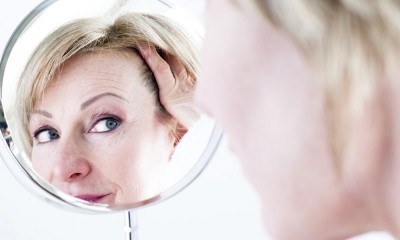
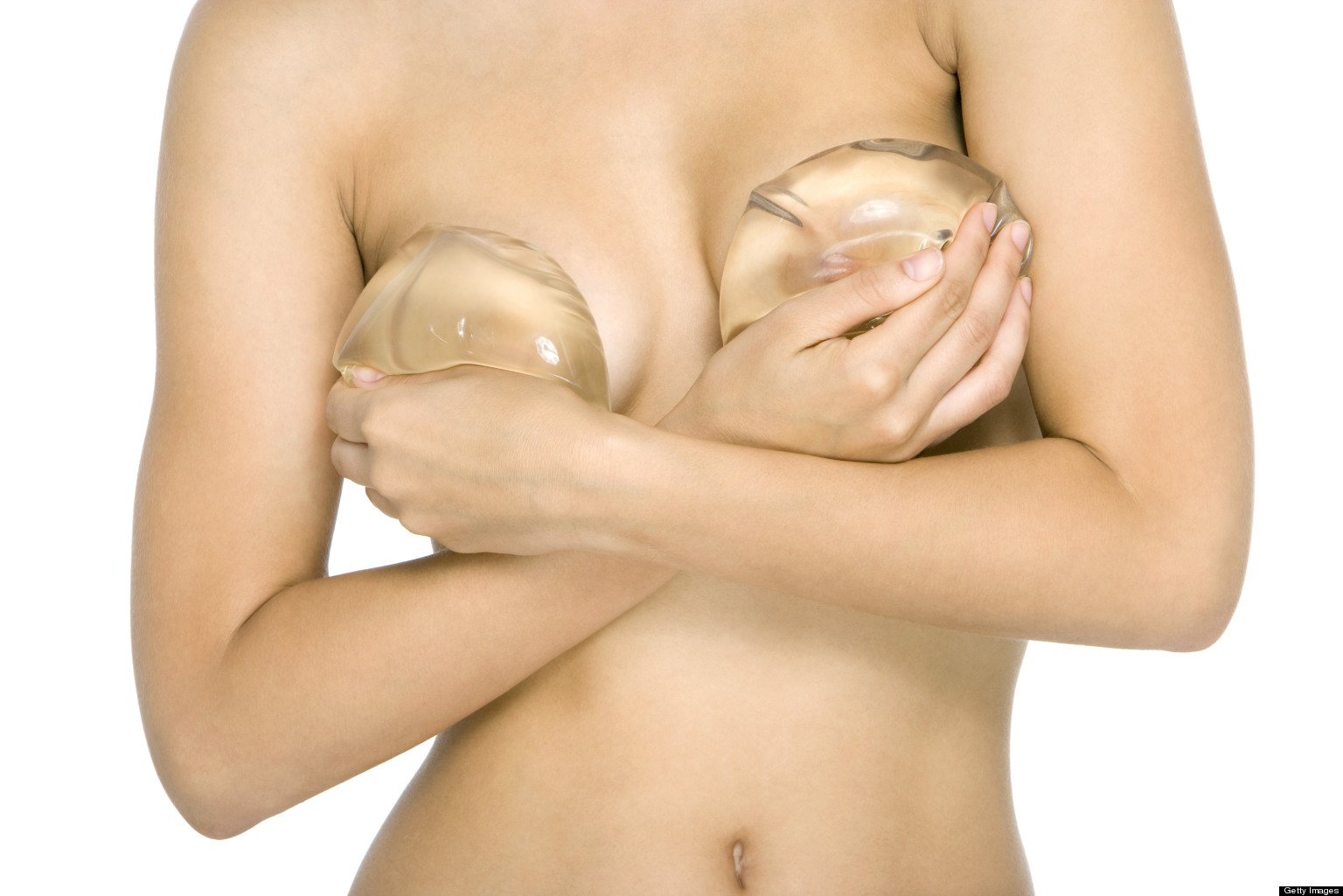

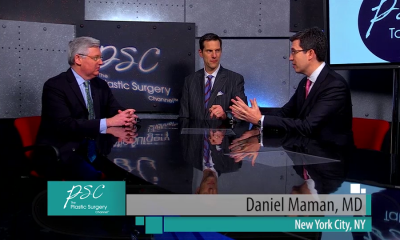
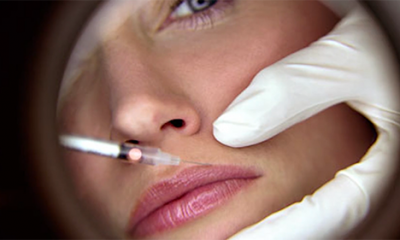
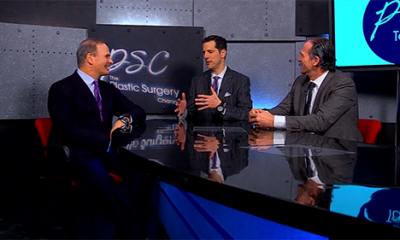
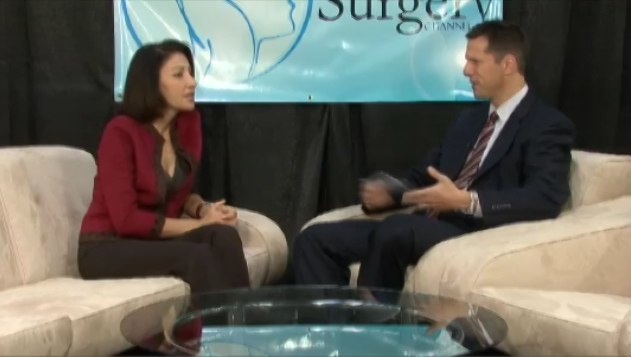

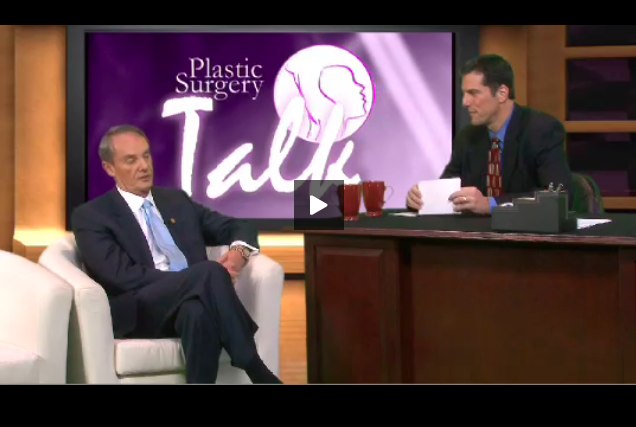




Facebook
Twitter
Instagram
YouTube
RSS